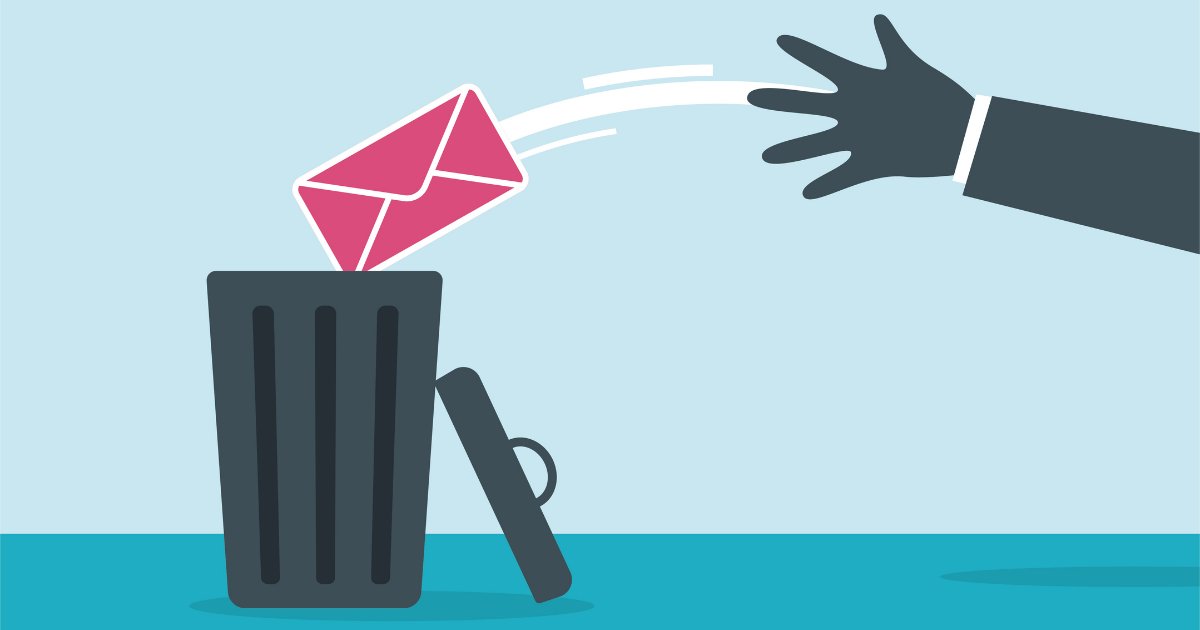Survey results from the Relevancy Ring: ESP Buyers Guide 2015 report show that email marketing is still hugely important to marketers. In fact, DMNews, writing about the survey, reports that more than 37 percent of respondents to the Relevancy Group survey said that email is responsible for more than 20% of their revenue.
Are you missing an opportunity?
If you’re not using email marketing at all, or if you feel your program could use some lift, you’re not alone. Marketers are all over the board when it comes to their approach to email marketing. In the Relevancy survey, 18 percent of respondents say they don’t see the value of email marketing, and 20 percent say they lack the budget to fund initiatives.
Don’t miss out
No doubt, it’s difficult to stay on top of email programs, let alone introduce the new programs that will help you develop and maintain a healthy customer base, but with 20% of your bottom line at stake, it’s well worth the effort. If your department is strapped for time, consider adding strategies on slowly, or even working with an agency who can help you integrate your efforts and direct your program to a place where your gains are so huge, you’ll easily get approval for more head count to manage the program.
Drip marketing with email
If you think through the experience your customers have as they interact with you long-term, how many times do you suppose you need to send them a reminder before they decide to walk through your door? You may have a short cycle, or a very long cycle, but you can refine your messages so that you keep in touch with customers — without being annoying — to let them know you’re still there. Drip campaigns that thoughtfully plot out the best system of reminders become welcome diversions for your customers, when done right. A great way to conduct drip campaigns is by using a series of channels.
For example, you may send out a mailer announcing an event, then schedule a few email reminders, and follow up with a phone call. Email is central to drip campaigns, and there are a number of different ways to set up your email system so that it sends emails out periodically to your customers. You and your staff will have the expertise to know what your customers want – turn to more sophisticated systems like Eloqua to create a roadmap of emails that will walk your customers through your sales cycle from that first “hello” to “thank you for your order!”
Triggering emails
Triggering allows you to set up your email system so that a customer automatically receives an email when an action you define within your email system occurs. The simplest example is customer birthdays – two weeks prior to a customer’s birthday, your system sends an email to a customer with a special birthday offer or a reminder about the freebie your store offers to shoppers on their birthday. However, email triggering can be a very complex system, set up to guide a customer through a series of activities or through a longer sales cycle. Retailers who sell big-ticket items require more touch points with customers. By integrating your email system with a customer relationship management (CRM) system you can have greater control over how your emails are triggered.
For example, you can create rules that will send an email to a customer a week after she downloads a brochure about your product from your website, or you can create a series of if/then statements that can send specific emails based on the kind of activity your customer is participating in on your website. If she is researching brands, you can send her an informational email, and as she begins to zero in on pricing, you can send her a value-based offer that might incent her to spend a bit more money. Learn how leading retailers manage their email campaigns in this white paper from DotMailer. Without a doubt, creating the right triggers takes a lot of research, thinking, and A/B testing. It’s well worth the effort to deliver a seamless experience to your customers.
Managing abandoned carts with email
Online retailers get very discouraged by abandoned carts — shoppers who make it all the way to begin the purchase process and then leave the page for some reason. Shopify has curated a collection of email responses that can have a positive impact on bringing the customer back to that cart to complete their purchase. Check out this peek into 13 Abandoned Cart Emails you can consider to try to increase sales. Working with your team, develop some tests to see what approach works best for your product.
Emails to maintain browsing interest
Of course the whole point of email is to motivate your customers to do something. You want them to visit your website, or come into your store and buy. You wouldn’t just stand outside of your store yelling “Come in here!” through a bullhorn — don’t do that with your email. Your emails should be conversational, inviting, engaging, and warm. Make each email you send a brief but pleasant experience.
To increase open rates and click-through rates, Hubspot suggests that you stop sounding spammy and start segmenting your lists. For example, consider sending different emails out to your male and female customers, or pull a list of those who purchase mostly online and send them a different email than what you’ll send to customers who like to shop at your locations. Hubspot also suggests using video, which increases interest results by more than 500% for some Hubspot clients.
Getting more out of each email
Use all of these techniques to upsell your customers. If they bought some pancake mix from your site, create a trigger email that will ask if they’d also like some maple syrup. You can also gain a lot of feedback from customers using quick email follow-ups. Ask for customers’ opinions on the service they received, or find out if they’re happy with your product. SurveyMonkey is a helpful tool to use for getting feedback, try it out and if that works, there are more sophisticated customer feedback programs that can have a huge impact on how you do business in the future.
If you’re not really utilizing your email to its full potential, you could be leaving over 50 percent of your business on the table. Do whatever you have to do in order to make sure you’re getting the most out of your email programs. Contact your agency, have your staff vet email service providers and specialists like Hubspot or Marketo until you find the one that works best for you, and definitely read as much as you can about email campaigns and retail to gain more insight into how to structure sophisticated email campaigns. The competition is fierce for business, if you’re not running a full and sophisticated email program, you won’t be seen.




